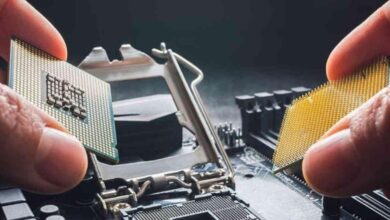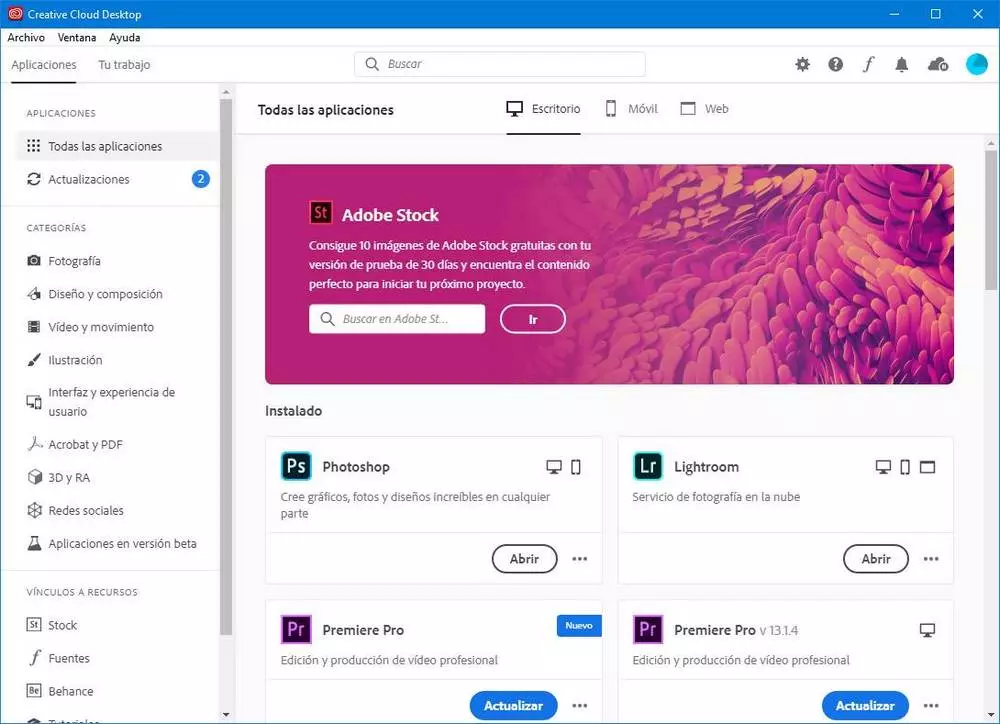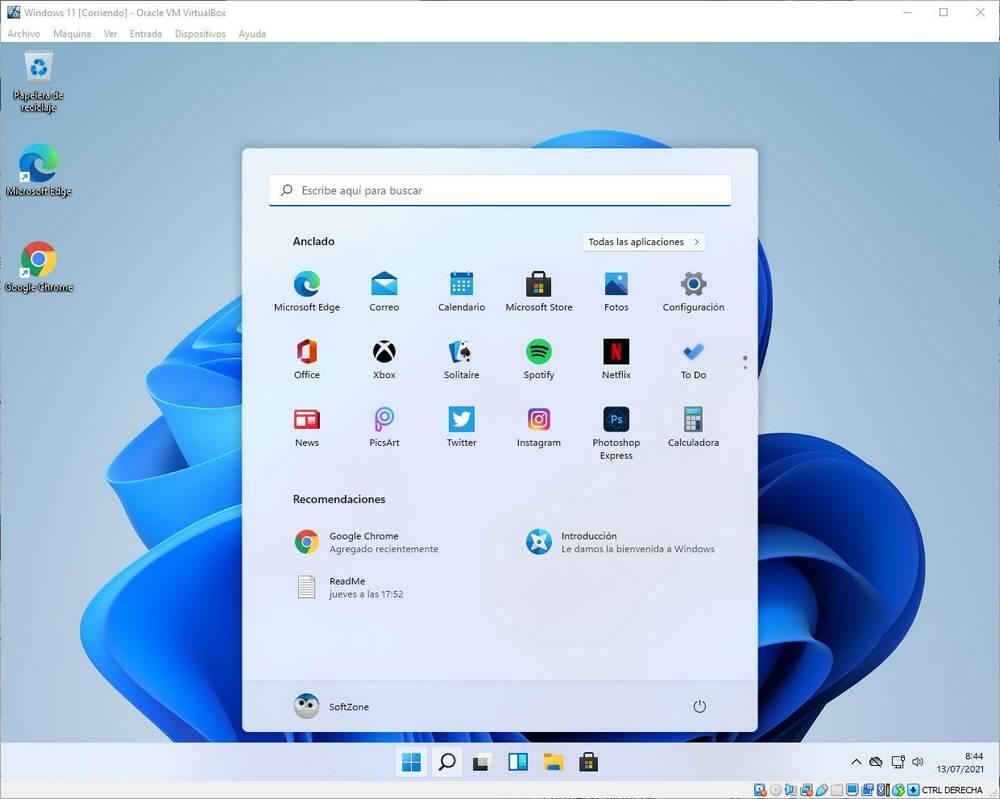
RAM or system memory that stores information that the processor may need “shortly.” By this we mean that you need to access it as soon as possible. Additionally, it is temporary information for a process or set of processes that you are carrying out.
Although system memory seems somewhat simple, it is very important. In addition, it is much more complex and has many details that are not known to the general public. Today we are going to explain two fundamental ones: memory distribution and error correction.
Two critical factors you should know to correctly choose RAM
Surely on your list of characteristics that you look at when choosing it is the capacity, number of modules, manufacturer and frequencies. You may even pay attention to the timings. There are two lesser-known aspects that are also important, such as the number of memory chips per side and whether they have error correction.
Number of memories per side
RAM memories intended for gaming include a heatsink as standard that prevents you from seeing the number of memory chips it has. They must have this heatsink to prevent the memories from heating up and losing performance.
The problem is that the parameter of the product is rarely indicated on the product sheet. memory chips per side. Something that may seem silly, gives us a lot of information and can be the source of incompatibilities between modules.
There are three General settings:
- 1Rx8: It tells us that there are 8 memory chips on only one side. This configuration is for NON-ECC and ECC memories
- 2Rx8: Here it tells us that we have 8 memory chips on each side of the RAM. This configuration is for NON-ECC and ECC memories
- 2Rx16: indicates that we have 16 memory chips on each side of the module. This configuration is exclusive for ECC memories
Why is it important to know this? It basically tells us the capacity of each of the memory chips. Imagine an 8 GB module of 1Rx8 configuration, well, we can know that each memory chip has 1 GB. If it were 2Rx8, it tells us that each of the chips is 512 MB.
First of all, it tells us that the 2Rx8 module may use “lower” quality memories. By this we mean that it uses older manufacturing processes, but it does not have to result in a worse module.
Additionally, the difference in capacity of each of the chips can generate compatibility problems. It is not something that occurs in more modern systems, but it could occur in systems that use DDR3 or earlier versions.
Error Correction Technology (ECC)
The ECC RAM memory or with bug fixes is not common. This type of memory is not used in the domestic, gaming and similar segments, it is in focus in servers, data centers and similar.
Basically, they integrate an additional chip that is responsible for detecting errors in a data chain and correcting them. It is used in the professional segment because the inconsistency of one bit can generate a cascading failure. Come on, what we commonly understand as a blue screen.
Confusing ECC memories with NON-ECC is “impossible.” First, because NON-ECCs intended for the domestic sector usually have heatsinks in most cases. Second, because ECC memories will always come marked and identified. Finally, for the price, since ECC memories usually cost between 20-40% more than those without this additional chip.
Conclusion
Possibly, now you are sweating thinking that you have two new parameters to look at when choosing RAM. You shouldn’t worry too much either, but it is something you should know.
Currently, since the DDR4 standard, the number of memory chips per side does not matter. The system already carries out the necessary management so that there are no compatibility problems. It can cause problems in older systems where there were no “tuning” systems so to speak.
Also say that, if you install ECC RAM memory in your computer, you will not have any operating problems. Your computer’s gaming motherboard will recognize the memory as NON-ECC and will not use error correction technology. Come on, you must have spent too much.






